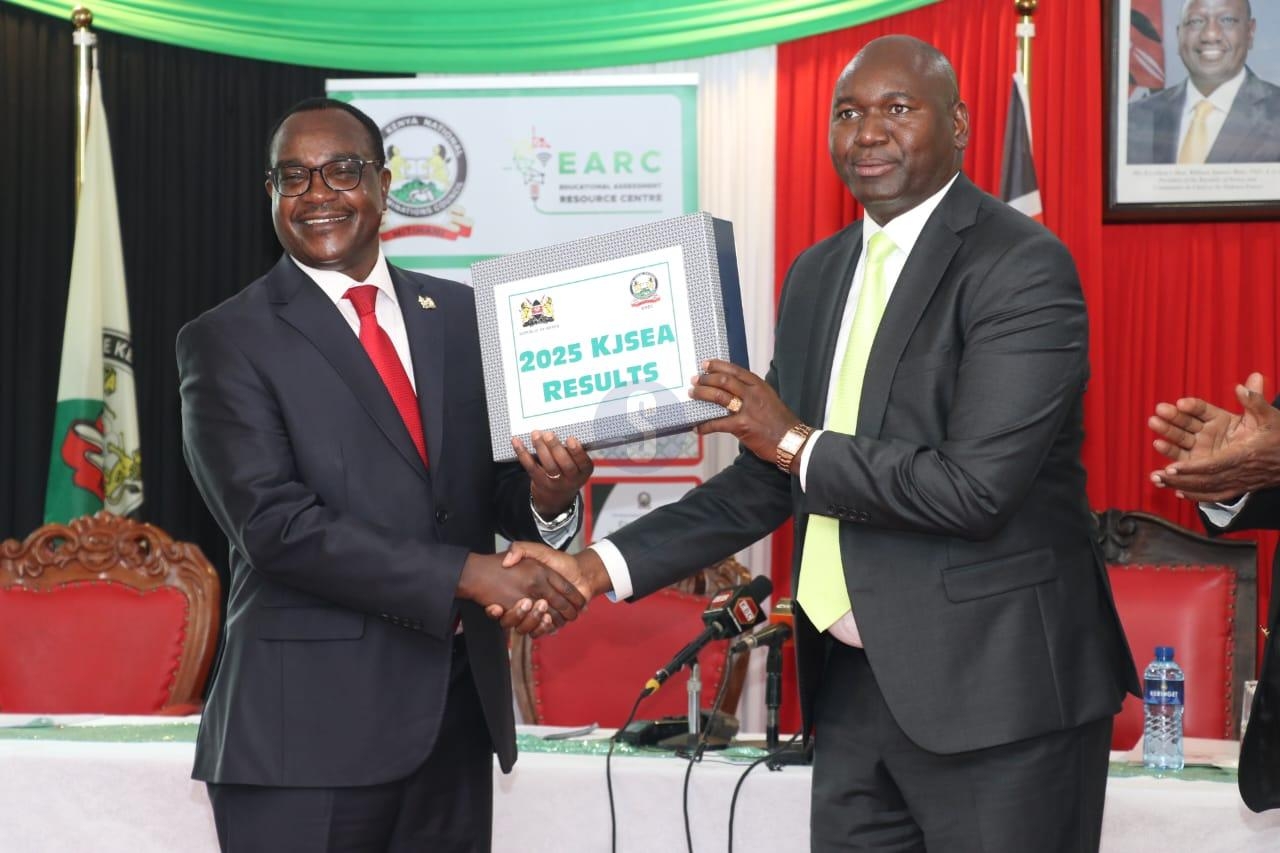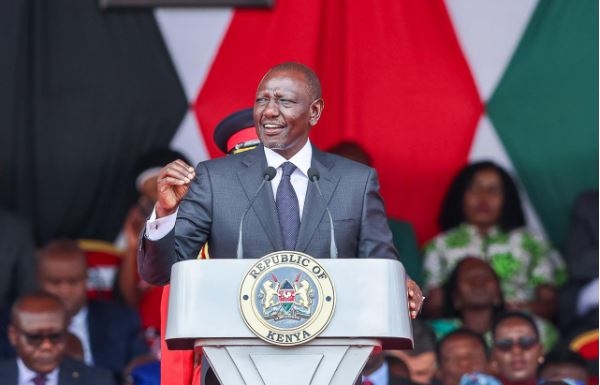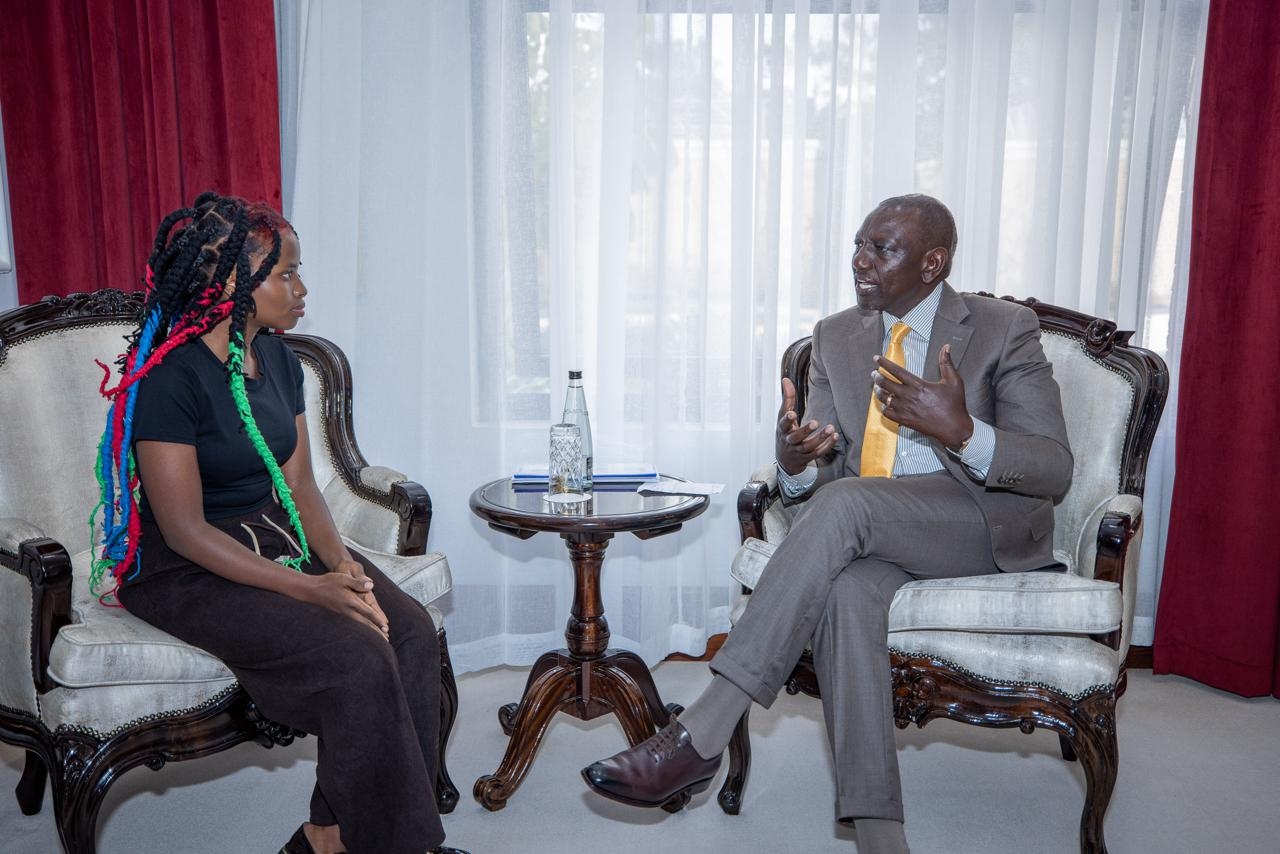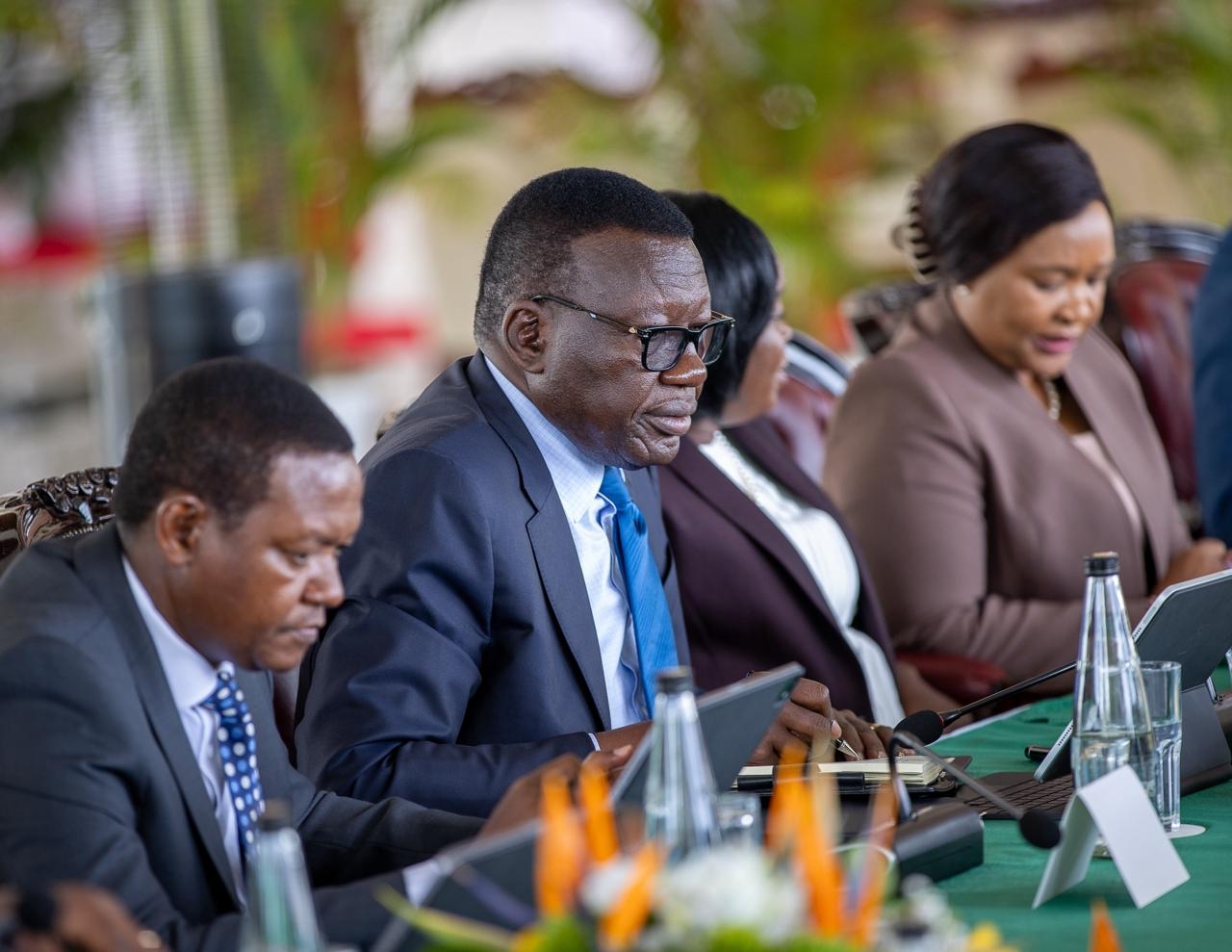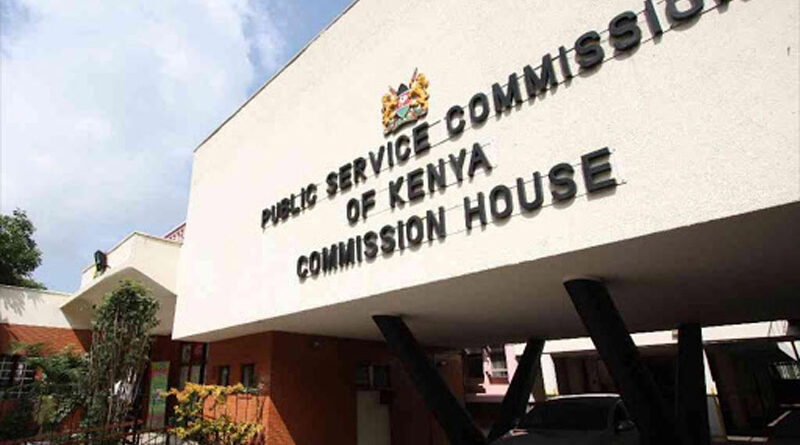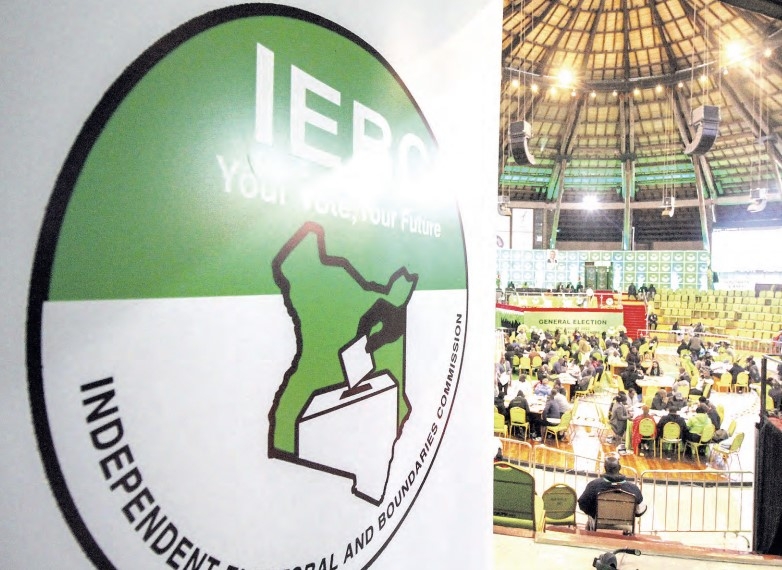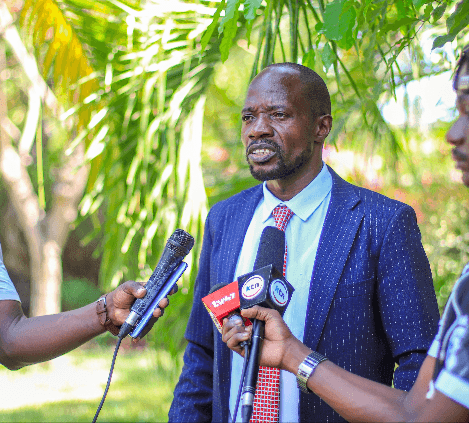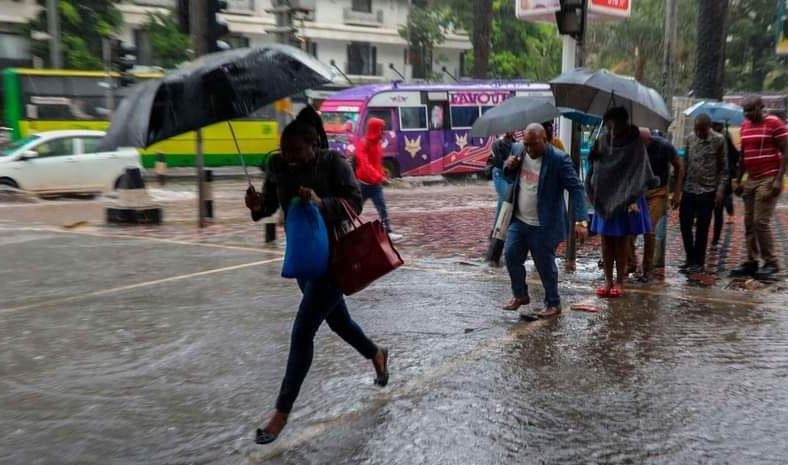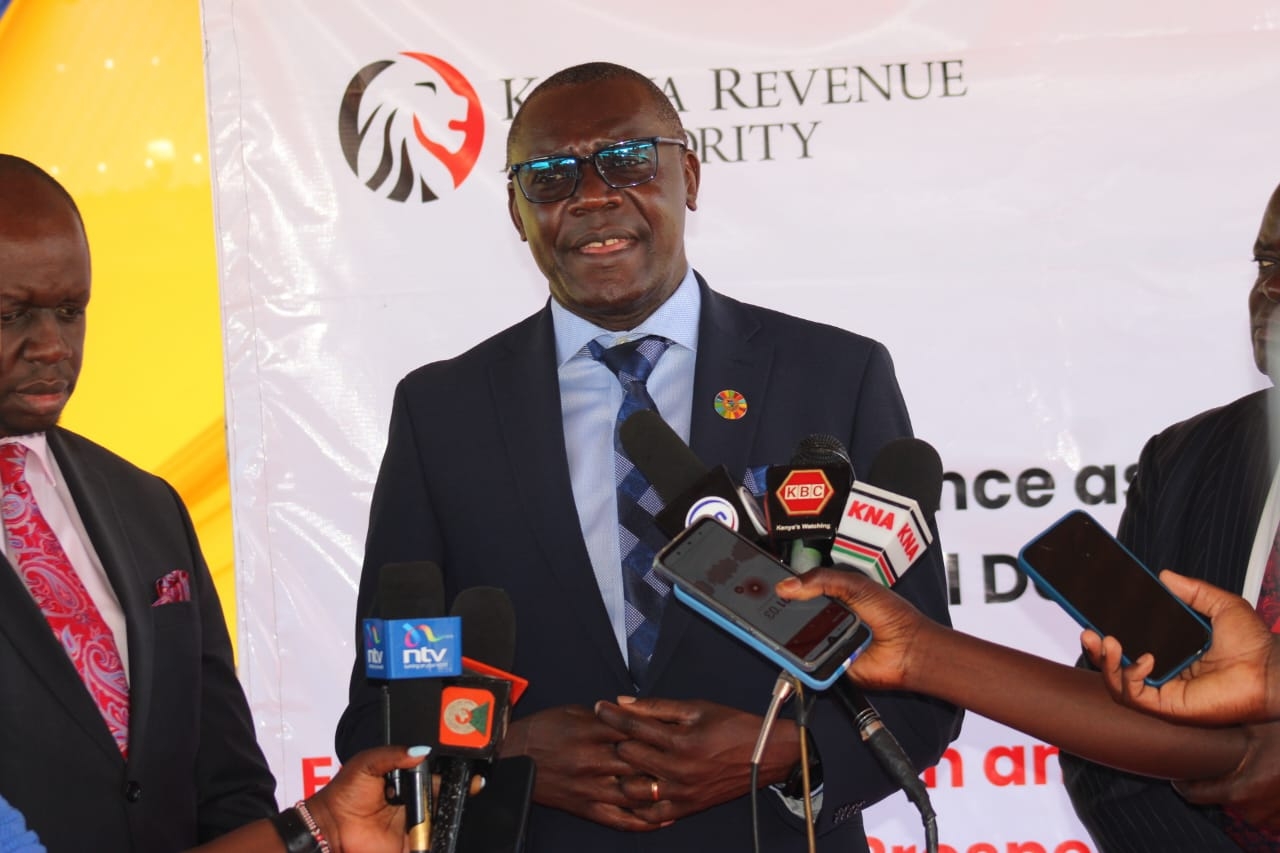School libraries are the heartbeat of the school. They serve as a resource to all students and support both required and independent reading. They shape lives.
Two days after joining Form 5 at Kakamega High School in 1983, I noticed something I had not seen in my previous school—a library with a collection of hundreds of books.
I saw rows of bookshelves with fictional and nonfictional works. The library had novels, poems and plays—all by great writers—nonfiction works on the arts and humanities, encyclopaedias of all kinds, books on sciences, speeches and national geographic books.
The school provided a daily supply of newspapers and weekly magazines.
My previous school, Kivaywa Secondary, did not have such a facility. However, the school had brilliant teachers who had an unusual understanding of the subjects they taught. We had exceptional teachers of English, literature, geography, history, mathematics and sciences.
The school had sufficient textbooks—all of appropriate complexity and quality—as then prescribed by the Kenya Institute of Education as the Kenya Institute of Curriculum Development was then called.
The two equally critical institutions in an educational system—teachers and textbooks—provided us with an exceptional learning experience.
The two amply compensated for the lack of the other equally critical institution in the learning experience of learners.
The unusual brilliance of the teachers and the complexity and quality of the prescribed textbooks exposed us to the knowledge, skills, values and attitudes the curriculum embodied.
Both enabled the student community to acquire the knowledge and skills a secondary education ordinarily should give.
A walk through the school library at Kakamega, however, convinced me that the educational experience at my former school would have been awesome had it had a library. We joined Form 1 with a highly developed reading fluency.
In reading jargon, fluency is the ability to read a text accurately, at an acceptable pace, and with proper expression and comprehension. Reading fluency is important because it develops comprehension and motivates readers.
It is the connecting link between reading phases such as early reading and later reading. Children must be able to read fluently—with understanding—whether they are reading aloud or silently.
Libraries allow children to ask questions about the world and find the answers. And the wonderful thing is that once a child learns to use a library, the doors to learning are always open.
The student community at Kivaywa Secondary School, as in most secondary schools, were proficient readers—thanks to the extensive reading experience the school library in primary schools in the 1970s gave us. We had little or no reading challenges by the time we joined secondary school—be they Harambee (community) or fully fledged government secondary schools.
All the students needed upon joining secondary education was to meet a well-stocked school library to enable them to make use of the foundational skills they had ably acquired from their respective primary schools.
The school library is an institution in its own right. There is no school involved in the business of education without a library. It doesn’t matter whether it is the traditional or virtual library or a blend of both.
Megan McDonald, American children's writer says: “School libraries are the heartbeat of the school. They serve as a resource to all students and support both required and independent reading. They shape lives.”
Regardless of the shifting information and communication landscape, libraries will and should be an integral feature of educational institutions. They will always exist as places for learners to find information, resources, services and instruction.
It is the reason why national education policy, curricula and standards have provided for a school library system. It is the reason why the Ministry of Education, in conjunction with KICD, provides library lessons in the school timetable. Students are expected to have a library lesson once every week.
It is the reason why schools whose leadership prepares learners for the future and not for examinations maintain libraries with sufficient collections of books—fictional and nonfictional works for learners to read without undue focus on textbooks, revision books and past paper examination scripts.
Without a doubt, the school library is a critical pedagogic tool that significantly enhances student achievement: in the short term for examinations and in the long run for work, career and advanced education and training.
Former US First Lady Laura Bush, herself a career librarian, said: “Libraries allow children to ask questions about the world and find the answers. And the wonderful thing is that once a child learns to use a library, the doors to learning are always open.”
At the root of authentic education beyond examinations, lie a lifetime dalliance with the school library. The school library is perhaps the only facility in a school that demonstrates that the school is in the business of preparing its learners for greater futures other than just passing a national examination.
Communications officer, Ministry of Education


